Preparing students for a greener job market
)
The world we live in today faces multiple crises: economic, political, cultural and environmental. It’s hard to predict what the future of work holds for students in five, 10 or 15 years.
Yet there’s one trend that experts are confident of: we need more workers with green skills.
The shifts disrupting other industries are spurring the creation of green jobs. As educators, we have a unique opportunity to equip students with the tools and knowledge to succeed.
The great green skills gap
There are different definitions of what exactly a ‘green job’ is. Broadly speaking, a green job is a type of employment that contributes to preserving or restoring the environment, sustainability, or the overall wellbeing of the planet. The opportunity for young people with the talent for these roles is immense, but many are missing the opportunity to hone their skills.
54% of learners in 2021 said they don’t believe they have the skills to work in a green job, and that not enough is being done to prepare them. Another survey found that around 68% of kids said they hoped to have a job which helped the environment, but 71% said they didn’t know enough about eco-careers.
How can educators bridge this gap?
Adding dedicated green skills courses or classes to the curriculum may not be the best answer: students at all stages of learning today are overburdened with curriculum overload, and their teachers are working longer hours than ever. However, with creative thinking, educators can weave green skilling into their lessons, classrooms and practices.
Here are three ways educators can prepare students for a more sustainable future:
1. Short-term: Embed eco-awareness in daily activities
To instill good habits in learners from day one, add posters and prompts reminding students about resource usage with lightbulbs, air conditioners, water or computers running idle. Put a recycling bin in the classroom and encourage students to dispose of plastic, paper and waste separately. For younger learners, start a windowsill garden and show how compost can be reused to nourish and grow plants.
For older students, encourage them to do basic calculations about their carbon footprints. Including the latest examples of climate change solutions in science lessons can help develop a solutions-oriented mindset and expose learners to the latest innovations in nature-based solutions, the energy transition and biotechnology.
2. Medium-term: Show the immense possibilities of a green career
For many students, the phrase ‘green job’ conjures images of conservationists, working in fields or marshes to preserve wildlife. The reality is much more diverse.
Green jobs span industries and specialties. Some environmental specialists work entirely in labs, others out in the wider world, in universities spearheading research, in non-profit organisations (NGOs) advocating for change, in parliament crafting green policy or in the automotive industry engineering electric vehicles.
Green jobs should be prominent in careers weeks and career counselling. Green Careers Week can be a launch pad for educators who want to help students explore careers, with examples of organisations leading the way in showcasing and recruiting for green skills.
3. Long-term: Reforming school policies
Education is about showing as much as telling. By investing in environmental adaptation and showing students firsthand what green innovations can do, schools and universities can lead by example.
Educational institutions can create energy-efficient facilities through a mix of better practices and new infrastructure. For example, limiting air conditioning, choosing energy-efficient appliances, optimising heating and cooling systems, and installing motion-sensor lighting. Additionally, departments can invest in renewable energy sources like solar panels or wind turbines to reduce reliance on fossil fuels.
Schools and universities can adopt sustainable procurement policies to prioritise purchasing products and services with minimal environmental impact. This can involve sourcing office supplies from eco-friendly vendors, selecting furniture made from sustainable materials, and choosing cleaning products that are non-toxic and biodegradable.
The Green School in Bali, Indonesia, is a leading example of embedding environmental thinking through every aspect of school life. It exposes students to the many aspects of environmental conservation through innovative building construction with bamboo, an aquaponics centre, community engagement programs in resource management and more.
By surrounding students with green values, green practices and environmental awareness about their own activities, we can ready students – and spark their passion – for an environmental career. By creating awareness, encouraging individual drive and providing continuous exposure to the possibilities in the environmental field, educators can pave the pathway to a powerful green workforce for our future.
Tags
- careers
- educators
- environmental
- green
- greener
- job
- jobs
- learners
- many
- market
- more
- opportunity
- preparing
- school
- skills
- students
- sustainable
- through
- universities
- work


)
)
)
)
)
)
)
)
)
)
)
)
)
)
)
)
)
)
)
)
)
)
)
)
)
)
)
)
)
)
)
)
)
)
)
)
)
)
)
)
)
)
)
)
)
)
)
)
)
)
)
)